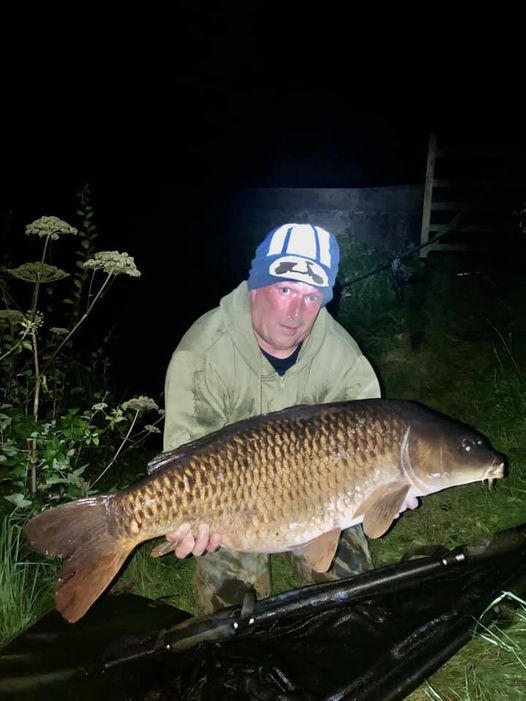
Mark Kendall fished Lower Slade Reservoir near Ilfracombe to tempt this stunning 27lb 10oz common carp.
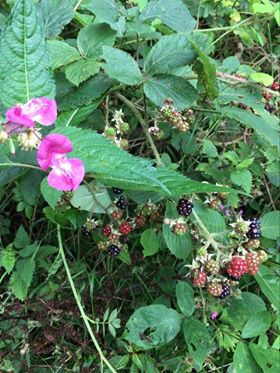
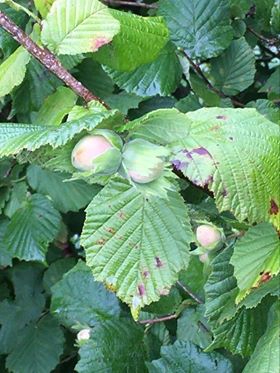
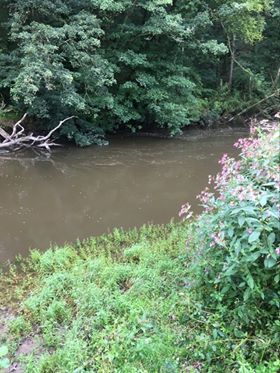
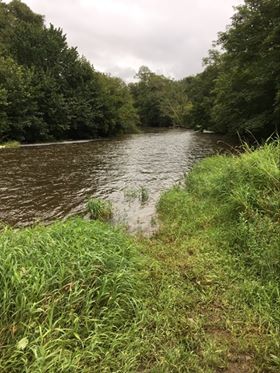
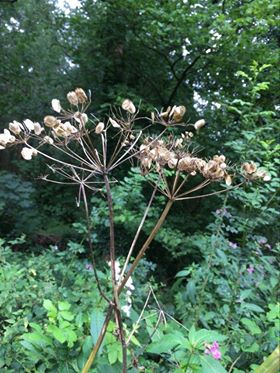

An early start on the middle Torridge this morning as the river starts to drop and the colour starts to clear there should be a silver tourist somewhere ready to take a fly? The mournful cries of young buzzards and the croak of a raven hangs in the warm air as I walk to the river.
The rivers running high and full of hope as I drift my flies across time proven lies. I start with bright and bold hues of orange, yellow and gold. Then I go subtle with a silver stoats tail.
A kingfisher flashes past, a squirrel darts from branch to branch, wagtails flit to and fro. In the shallows pinhead fry dart as I wade the shallows. Vivid blue damsels alight upon the riverside grass. Bees gather upon the pink flowers of the invasive Himalayan balsam. Hazlenuts, blackberries and seed-heads tell of the passing season. The river is topped up and flowing well with more rain in the forecast it could be a good end to the season on both Taw and Torridge. Big tides at present and rough seas all bodes well for the September so often the salmon fishers best.
Todays blank trip is all to common but ever the optimist. Its good be at the waters edge as always.
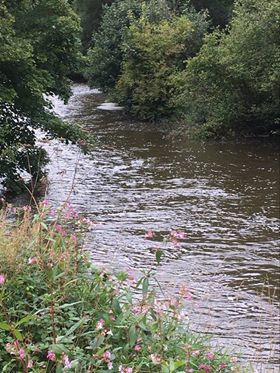
Ashley Bunning has these two beauties from Upper Tamar this week. The common was 23.12 and the mirror was 17lb. The fish fell to a NashBait 20mm cultured hookbait.
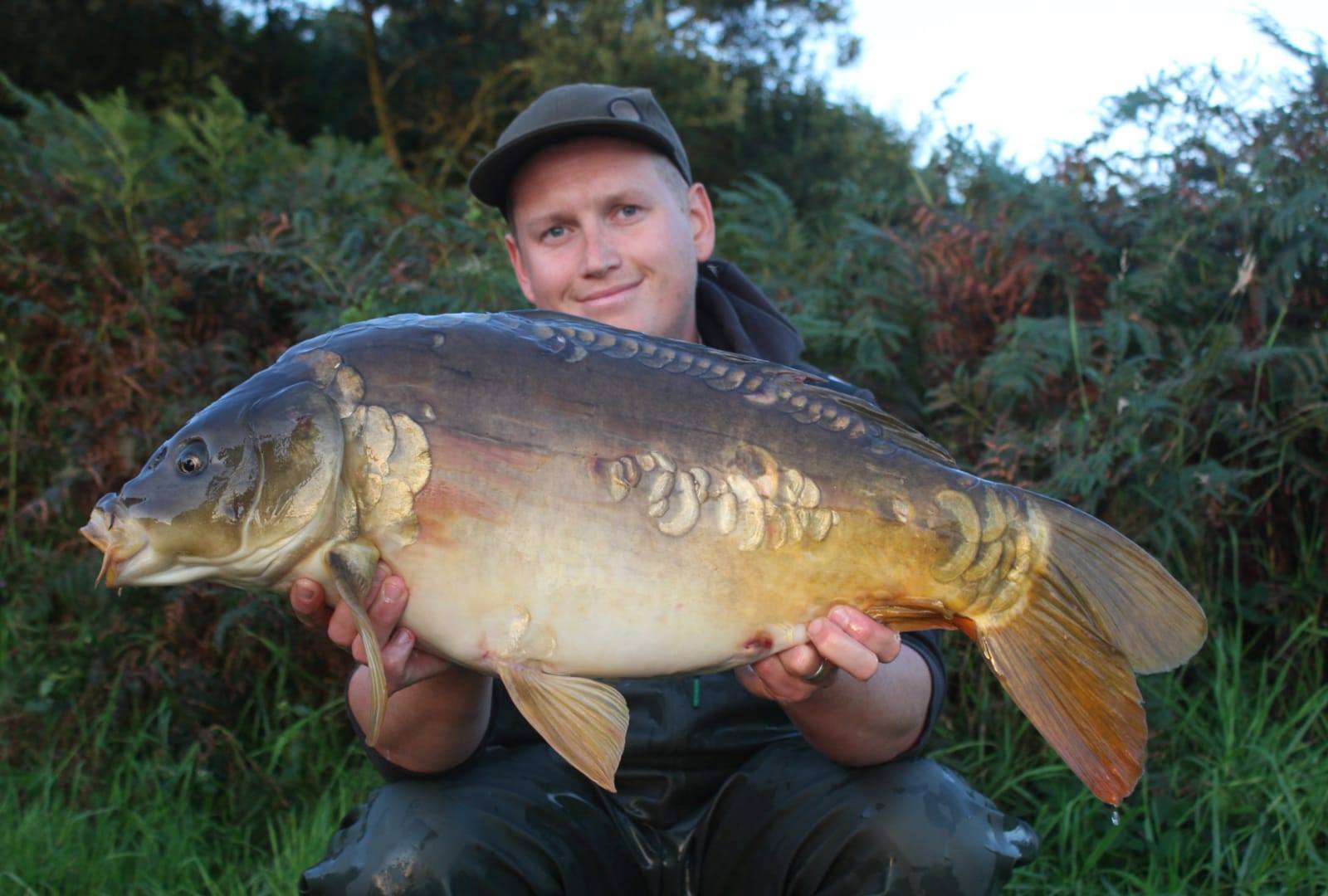
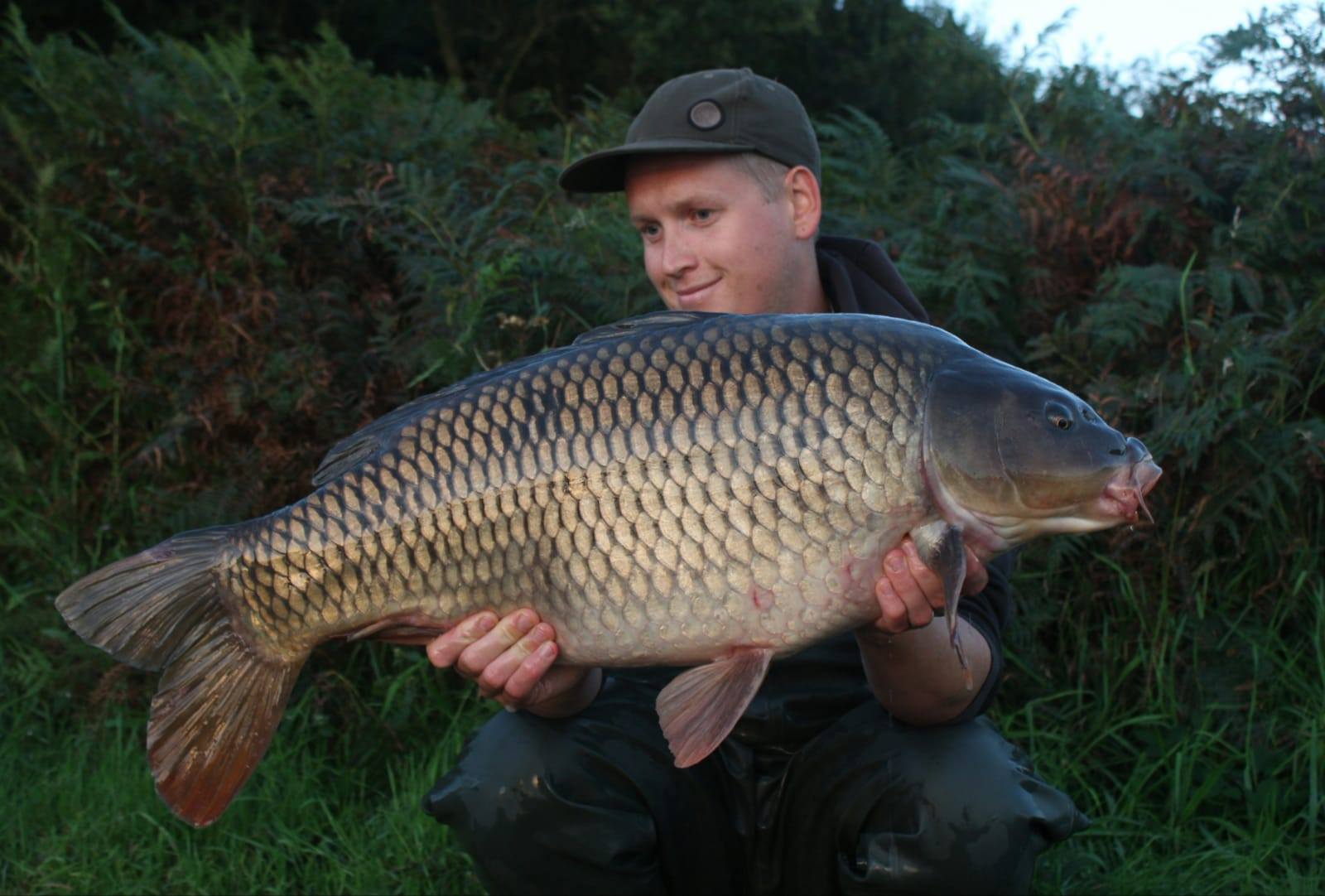
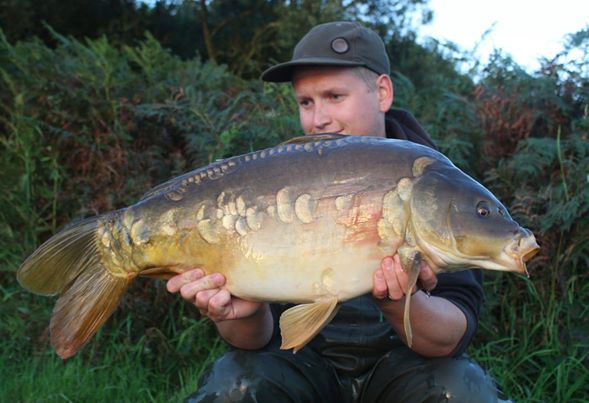
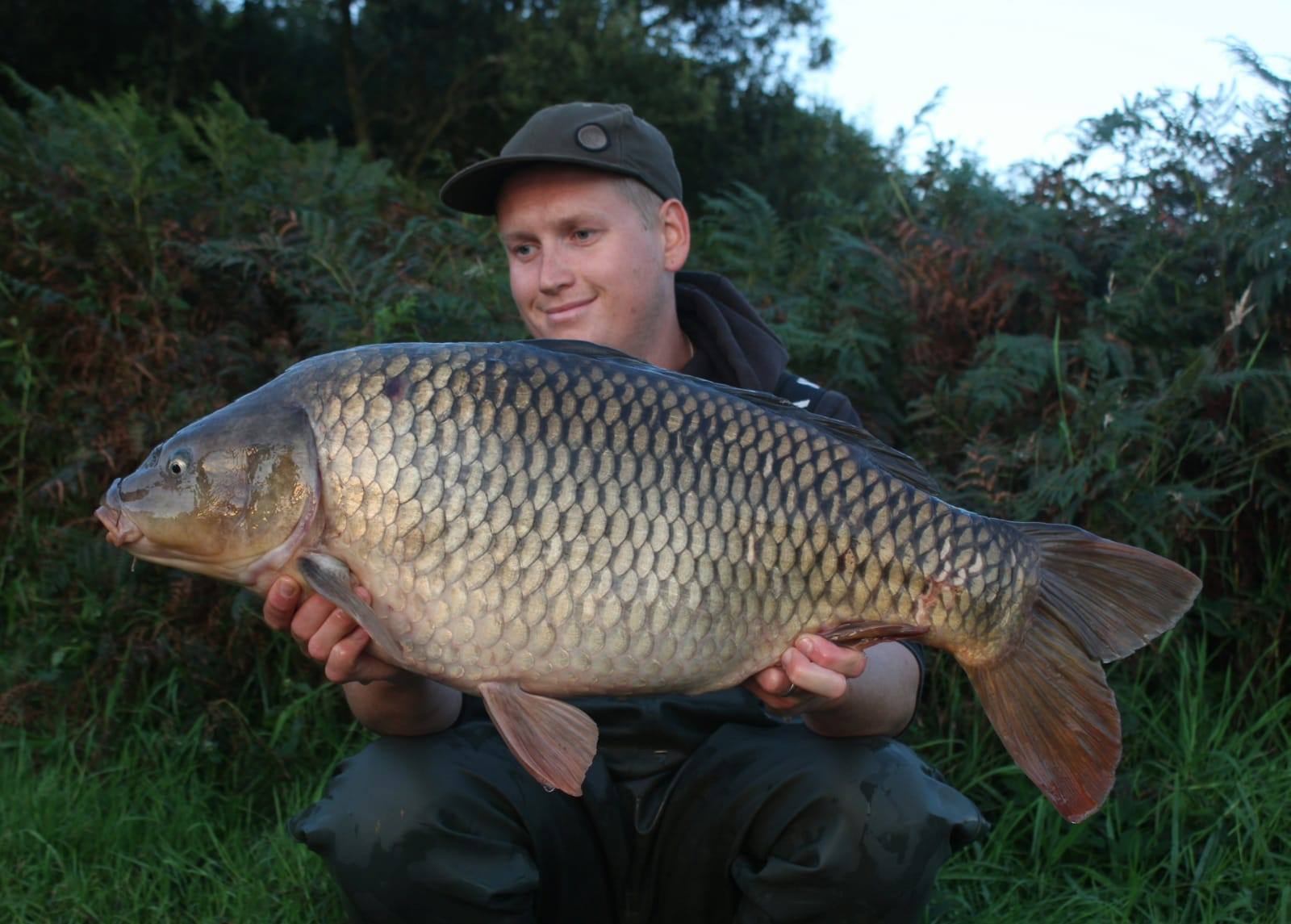
(below) Shaun Freeman has this beauty from Upper Tamar at the weekend. 22lbs on the nose caught using a Stiff hinge with mainline link pop ups casting to showing fish from the Bradworthy arm area of the lake.
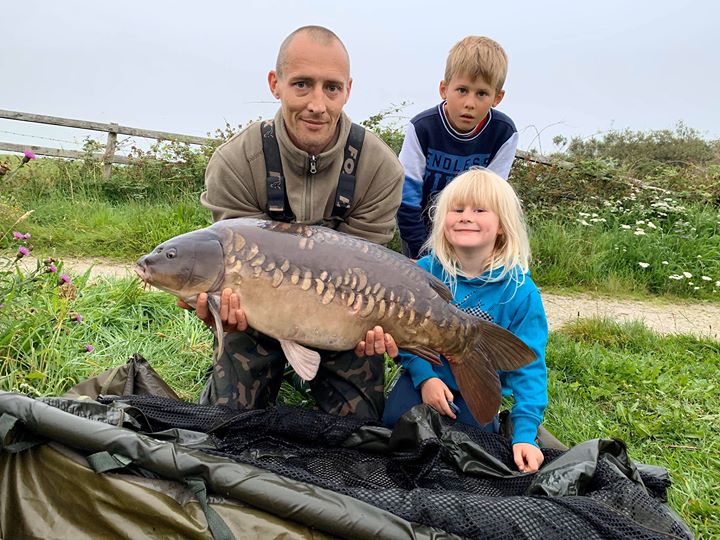
(Below) Ryan Tester proudly displaying his new personal best. carp of 23lb 10oz from Upper Tamar. This stunning mirror was tempted on a milky malt hookbait in just 2ft of water.

Grey mullet fishing can be excellent from now right through into the winter months. Those prepared to adopt a little finesse can enjoy some battles with these hard fighting fish.

James Gugg Fradgley tempted this fine specimen of 5lb 1oz whilst fishing a popular North Devon mark. Dan Welch also enjoyed success with the species catching two fish from different marks on consecutive evenings the biggest scaling 3lb 13oz.
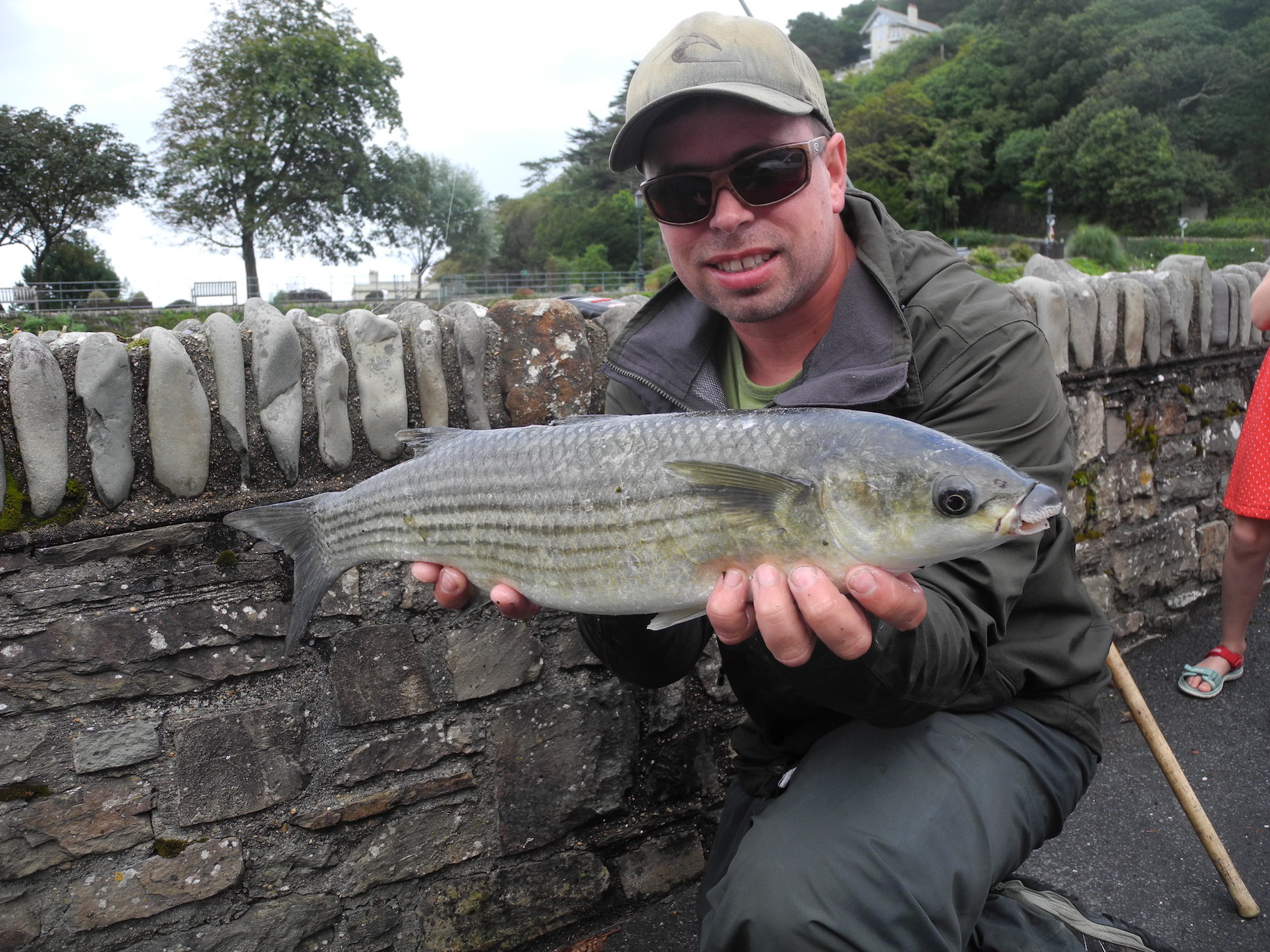
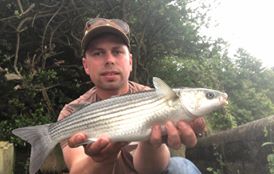



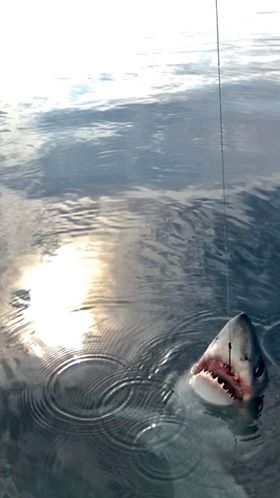
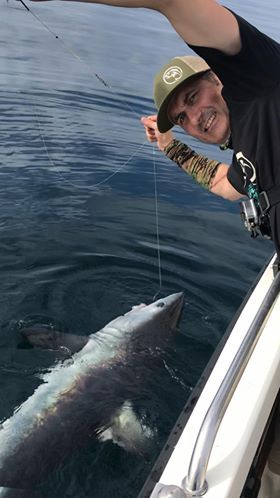
North Devon Match Group Championship No 8 Melbury Reservoir. Results
1st Graham Colman 56lb 13oz
2nd Tom Downing 45lb 5oz
3rd Colin Cherrington 34lb 14oz
4th Martin Turner 15lb 7oz
5th Paul Elworthy 15lb 6oz ,
Thirteen fished, conditions were perfect overcast , warm and light winds, pegs 1,2and 3 on the far side of the dam have dominated, Graham on peg 2 has fished the open end feeder with corn at 40 turns, for a fantastic net of skimmers, big roach and rudd ,to win . Tom’s winning run came to an end but he still managed second on peg 3 another great net of silver fish ,on pole and feeder. Colin suffered cormorant trouble on his feeder line but still achieved 3rd place.
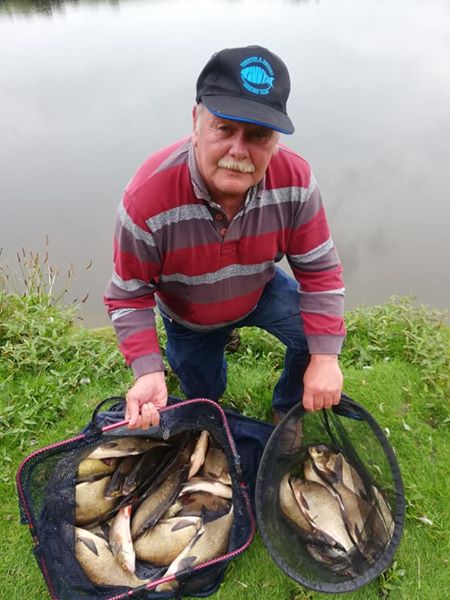

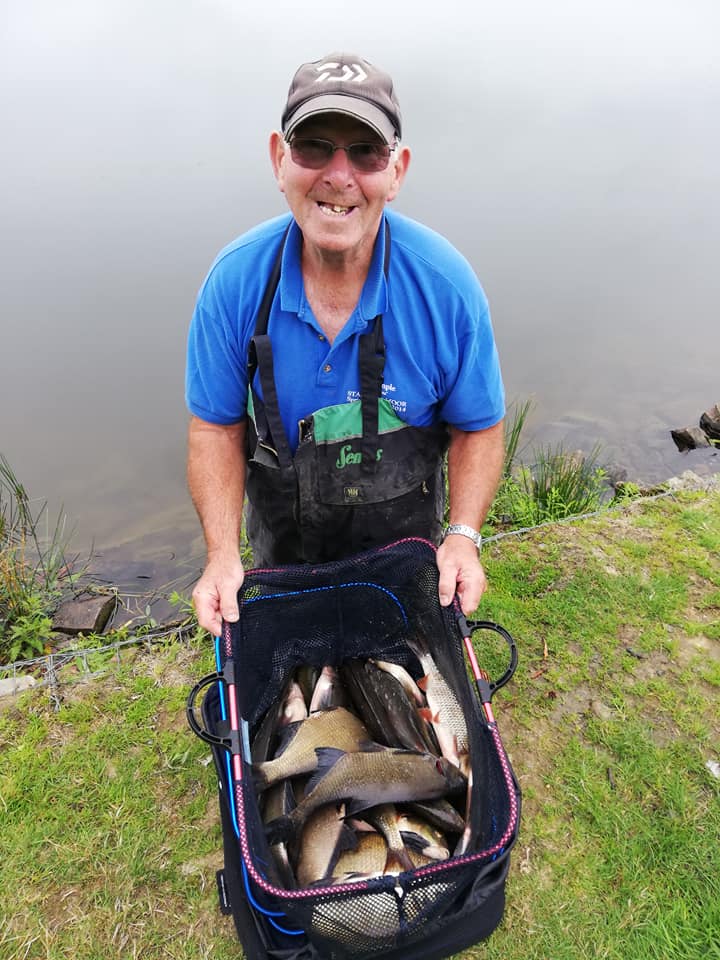
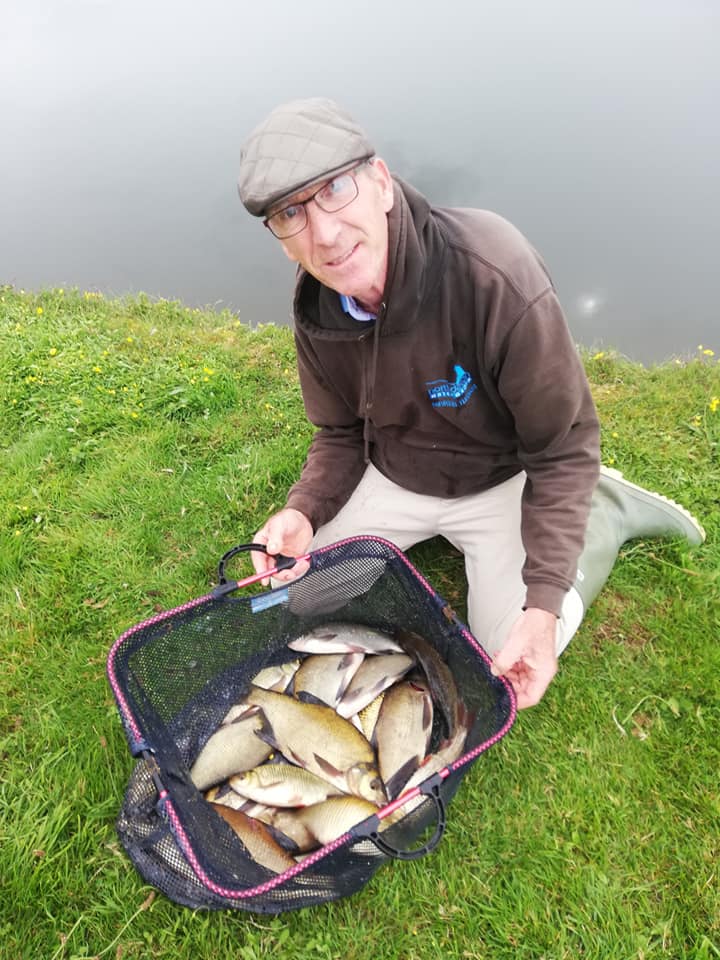
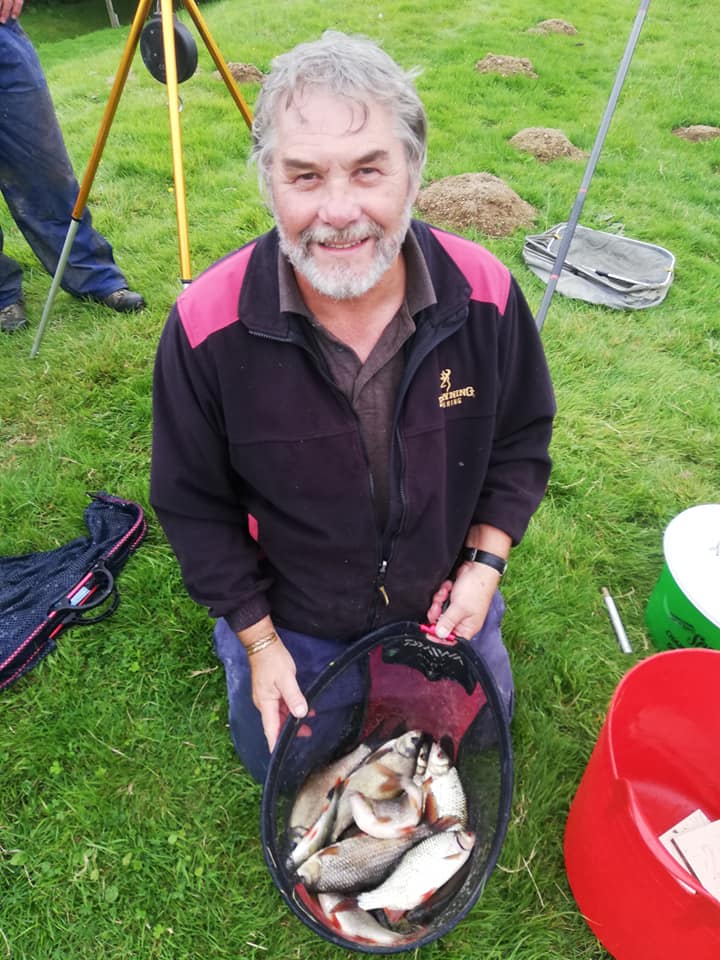
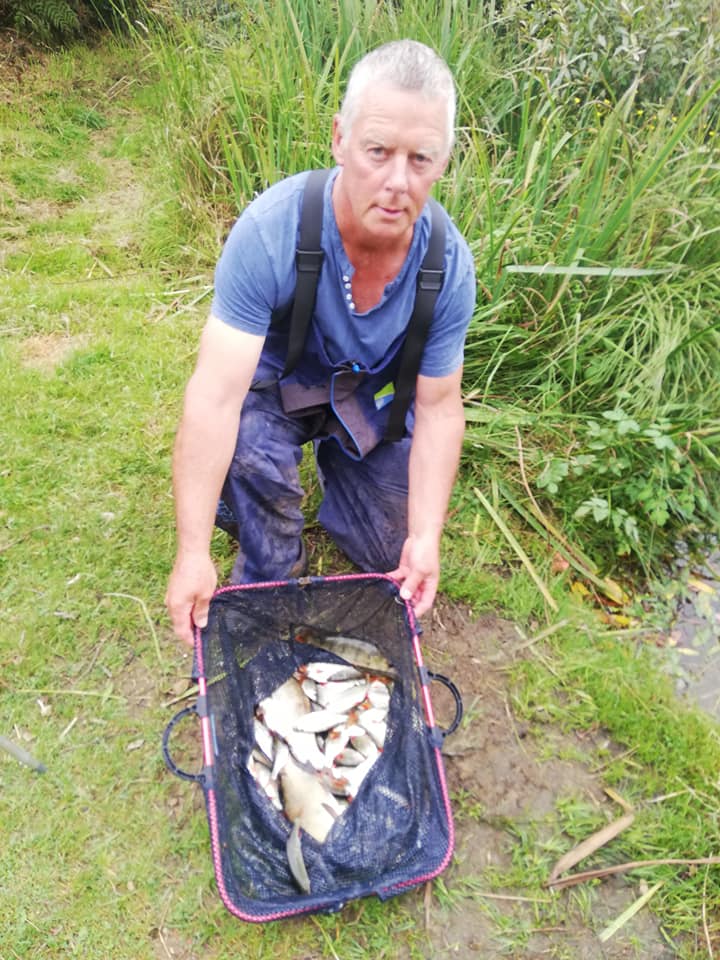

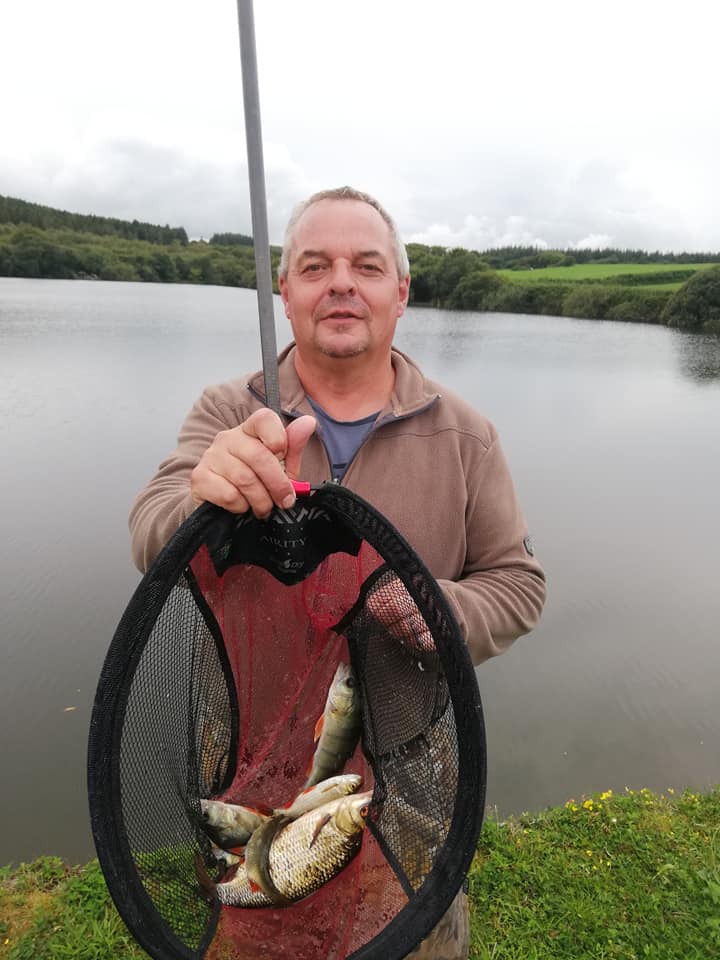
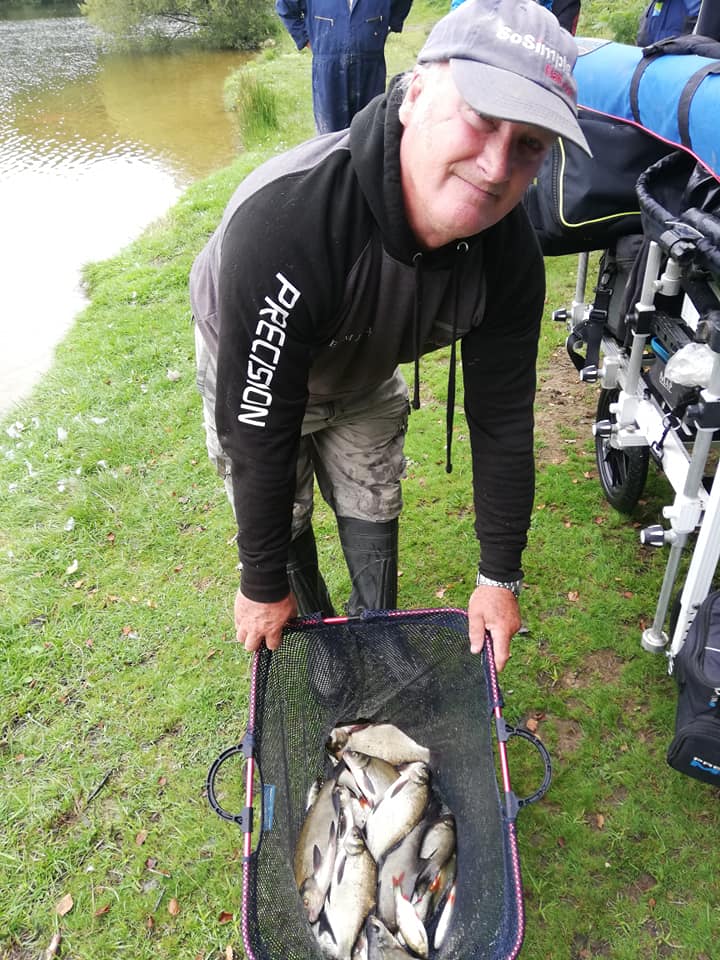

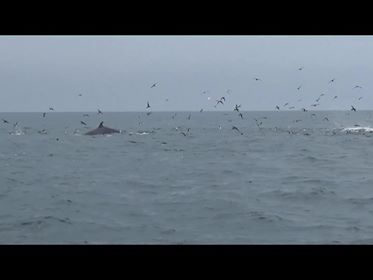
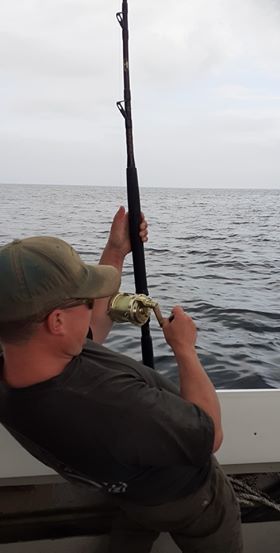
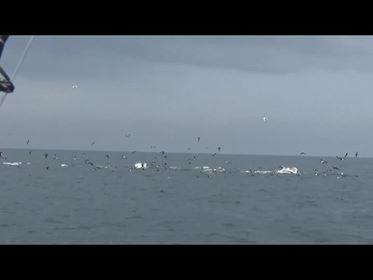
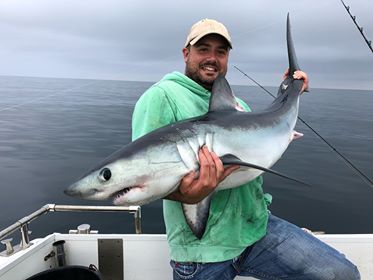
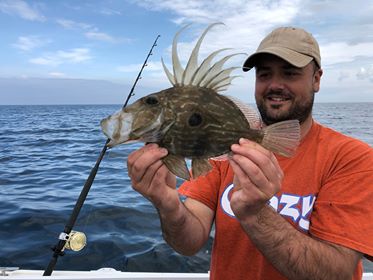
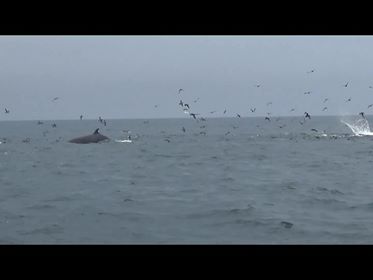
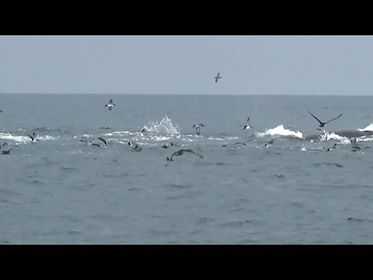
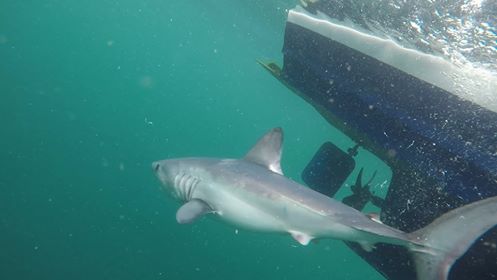
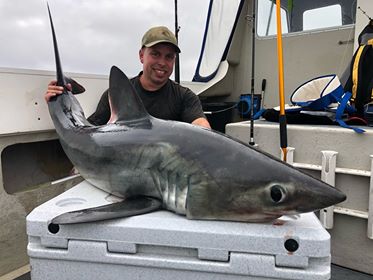


( Below) Danny Hayman fished in Swim 15 (Albert square ) and also black island up on Lodge Lake. Danny had 8 fish out up to 28lb 6oz all fish caught on Nash Scopex squid and Sticky baits krill boilies.
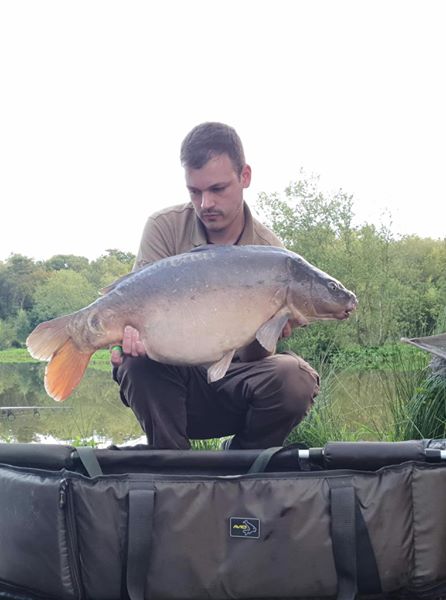

(Bellow) Chris Sansome fished up on swim 6 (the outlet) on lodge lake.
Chris smashed his personal best 3 times in this session ! Including a 30lb 1oz and then a 33lb 3oz all caught on Vader baits.
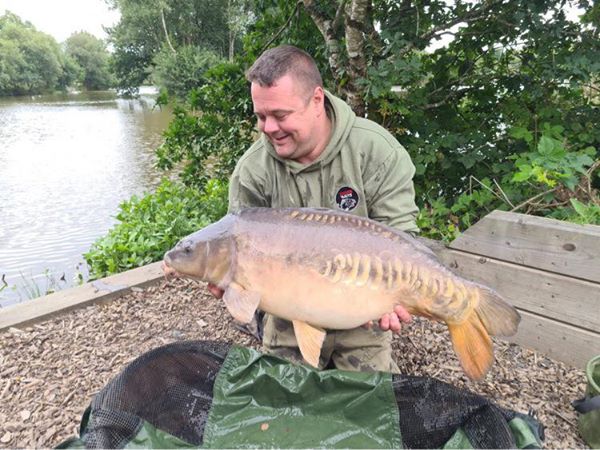
(Below) Stephen Smith who had 5 fish out from the inlet swim on Beatties lake up to 24lb 2oz all caught on Sticky baits krill over Manilla and house pellets soaked in red krill glug.
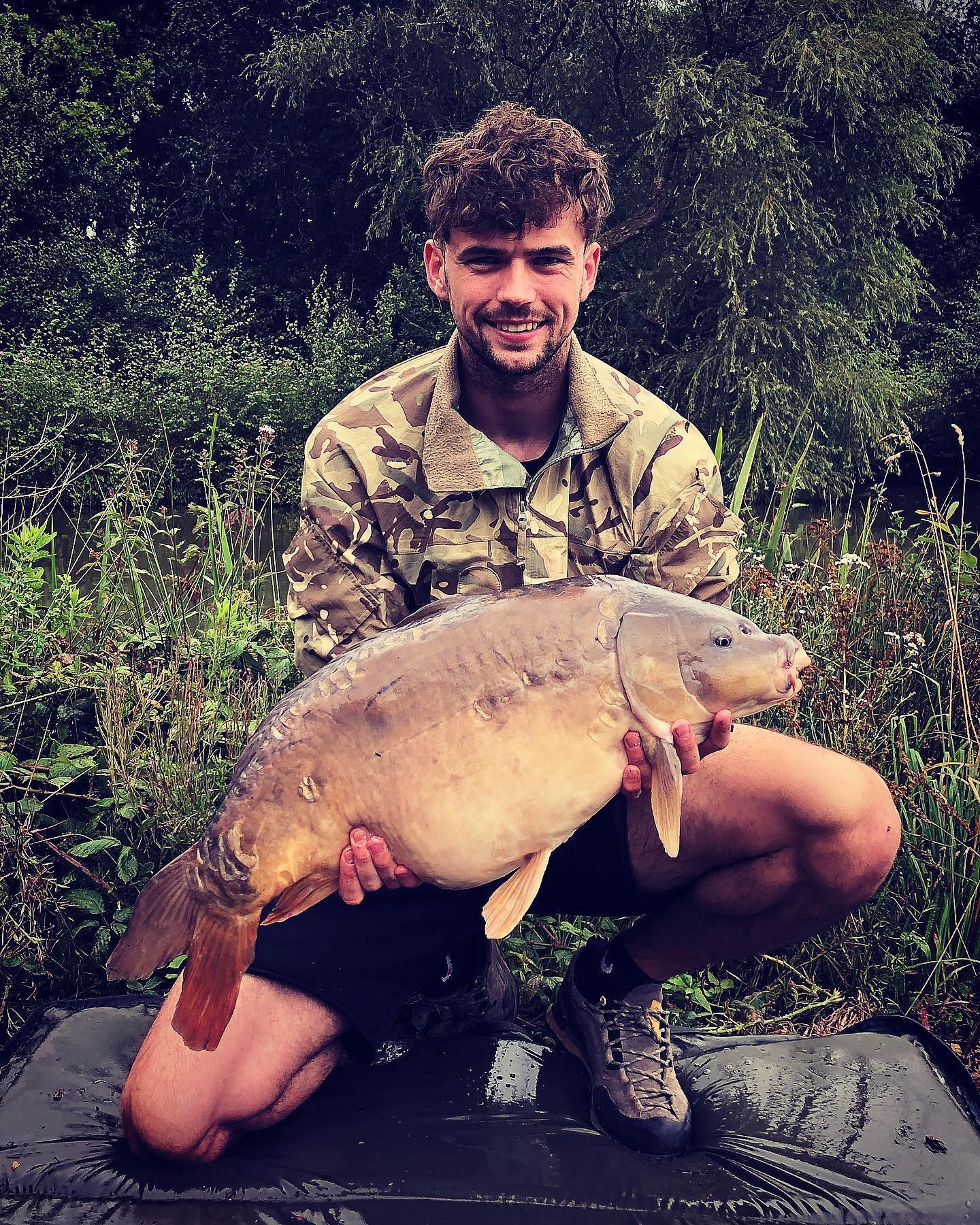
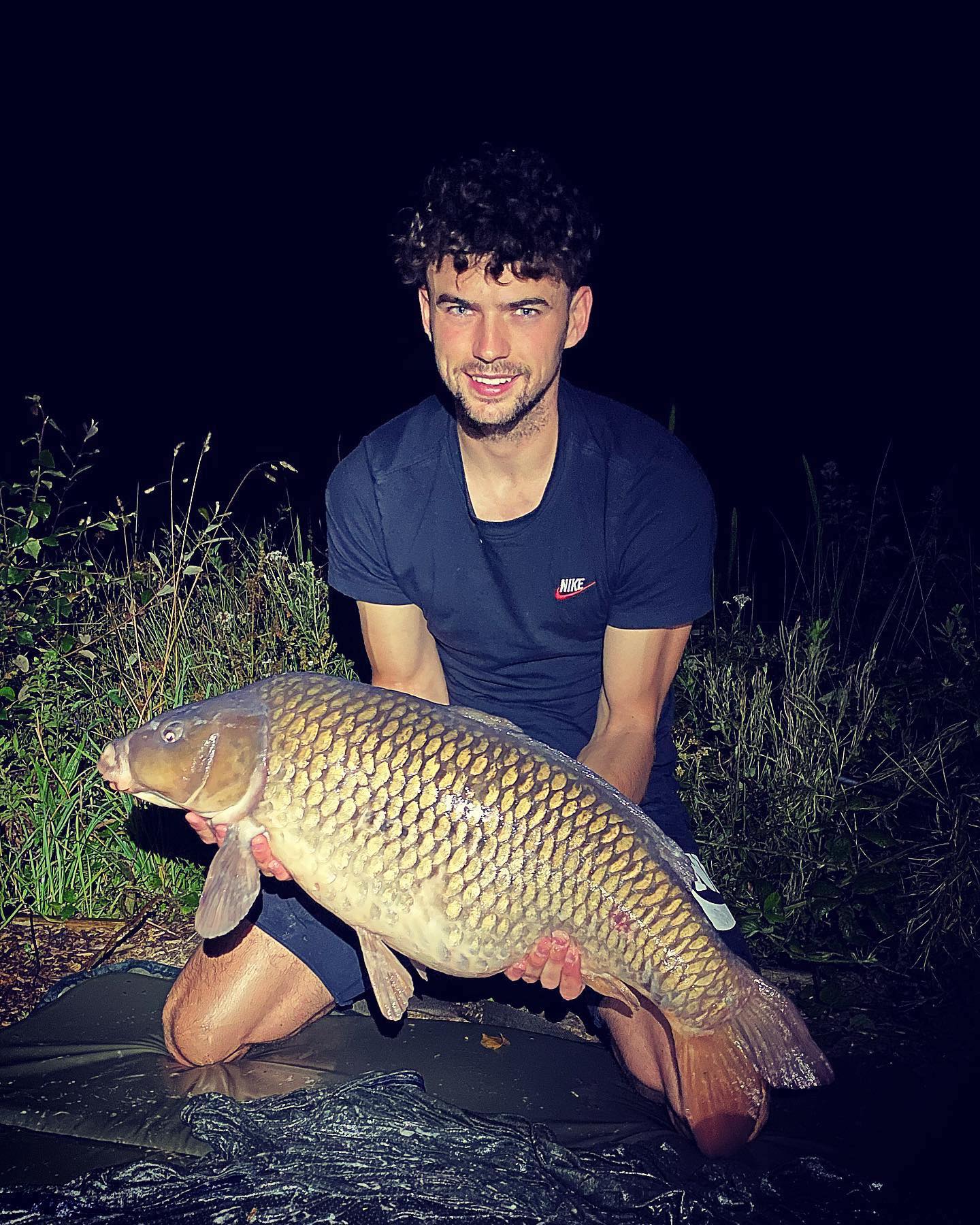
(Below)Nigel Bassett had 7 fish out up to 27lb from swim 11 (beach 2 ) up on lodge lake, all caught on Sticky baits Manilla boilies.
